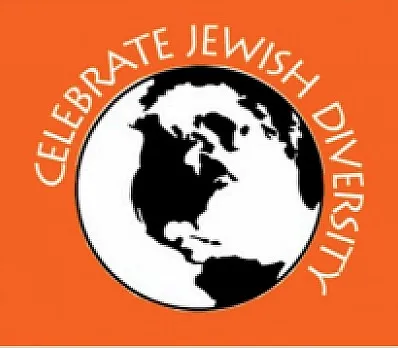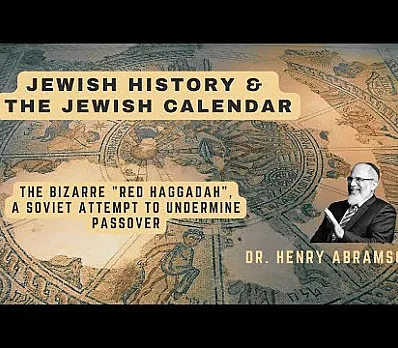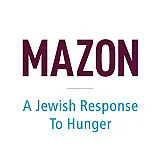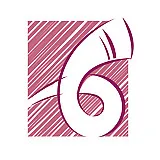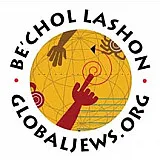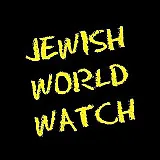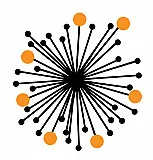Seder Plate
The Seder Plate
Think of the Seder Plate as a “combination plate” dinner that formed the meal in ancient days. The foods were not merely symbolic, but were eaten—from the plate. As the Seder menu changed, the foods on the Seder Plate required explanation. (clockwise from the upper-right-of-center)
Zeroa (shankbone), represents the Passover offering made in Temple times.
Beitzah(boiled or roasted egg), represents the holiday offering made in the days of the Temple.
Maror (bitter herbs), is horseradish and represents the bitterness of slavery in Egypt.11 It will be explained during the Seder.
Charoset ( a mixture of chopped nuts, apples and wine (and other wonderful ingredients) represents the clay the Jews used to make bricks for the Egyptians.
Chazeret another bitter herb, a bitter lettuce.
Karpas any green vegetable (parsley, celery—some traditions suggest a boiled potato), represents the new
Inspired to create
your own Haggadah?
Make your own Haggadah and share with other Seder lovers around the world
Have an idea
for a clip?
People like you bring their creativity to Haggadot.com when they share their ideas in a clip
Support Us
with your donation
Help us build moments of meaning and connection through
home-based Jewish rituals.
OUR TOP CONTRIBUTORS
Passover Guide
Hosting your first Passover Seder? Not sure what food to serve? Curious to
know more about the holiday? Explore our Passover 101 Guide for answers
to all of your questions.



